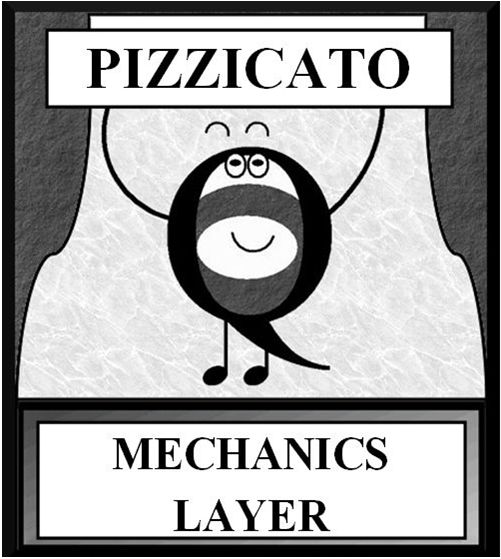
He embarked on an international career as a soloist and later became a member of the acclaimed Istomin–Stern–Rose Trio.įrom 1952 until his demise, Rose’s stage companion was a precious instrument made by Nicolò Amati in 1662 (currently played by Gary Hoffman), one of the few of its kind that was not reduced in size. Around that time, he left the New York Philharmonic to pursue the path of a concert artist and dedicate more time to teaching.


From 1946 he was professor at the Juilliard School and in 1951 he joined the faculty of Curtis, succeeding Gregor Piatigorsky. Following his studies, Rose served as assistant principal cellist of the NBC Symphony Orchestra under Arturo Toscanini, going on to become principal cellist of the Cleveland Orchestra and finally of the New York Philharmonic, under Artur Rodzinski, Bruno Walter and other prominent conductors of that era.Įarly on, Rose became an active pedagogue. Rose spent most of his childhood in Miami, Florida, where he received his first serious cello lessons from Walter Grossman.Īfter graduating from high school, he studied for one year with his cousin Frank Miller in New York and in 1934 was accepted by the Curtis Institute of Music in Philadelphia to join the class of Felix Salmond (right). He was born in 1918 in Washington DC to poor Jewish-émigré parents who had fled from imminent pogroms in Belarus (his father) and Ukraine (his mother).

Leonard Rose’s biography reads like an American dream come true. Explore more Featured Stories like this in The Strad Playing Hub


 0 kommentar(er)
0 kommentar(er)
